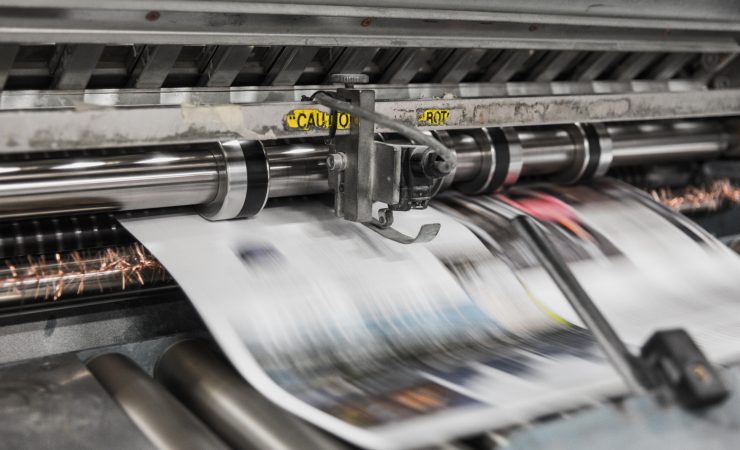The world of loyalty schemes is constantly evolving, and the latest evolution might be surprising to some. As brands become increasingly aware of the limitations of fully migrating their loyalty programmes to digital platforms, there has been a resulting renewed interest in digital print, argues Mark Brown, noting that print can offer a range of benefits including personalisation, variety and enhanced customer engagement.
In recent years, mobile apps have become the biggest thing in loyalty. Virtually every retailer now offers an app-based solution, running in conjunction with conventional voucher-based schemes – research shows that retailer apps saw 43% year-on-year download growth in 2020, and downloads for coupons and rewards apps climbed 27% year-on-year in 2022.
However, the success of these apps is reliant on customers actively downloading and engaging with them. And while everyone takes their phone everywhere, the uptake for app-based loyalty schemes is typically lower than expected. In response, retailers are now pivoting to a dual-channel approach. This means mailing out printed loyalty rewards by default, with the option of an app for consumers who want the full digital experience. This approach gives customers a choice, and it allows retailers to track the success ratios of each channel.
Digital print allows for extremely targeted rewards campaigns, with rewards and coupons tailored to individual recipients based on their spending history and interests. This flexibility can be boundless and is only limited by the available data. For instance, Pets at Home has evolved from printing a few direct mail versions to now having a mailing that offers around 235,000 permutations based on pet type, spending history and other metrics. This has resulted in a massive 1.6 – 1.7 million mailings per year, with different coupons for different recipients.
These hyper-personalised communications don’t only benefit the recipient. They have given the retailer an added bonus – their suppliers have the option to advertise within relevant segments of the mailing to customers who actually want their products. In most instances, the app works best when it runs alongside a print offering. Retailers can then monitor the success of each channel and track where app uptake might fall short – and decide what to do about it if that’s the case.
For instance, the retailer may decide to backfill the shortfall with physical communications to ensure that no customer is left without access to loyalty rewards. Having these insights allows retailers to revert to mailing out rewards to drive in-store footfall.
Retailers can take advantage of transactional history to build a single view of their customers. This allows them to understand their high, mid, and low spenders, frequent visitors, and those that need more engagement to cross-sell and up-sell new products. A single customer view with high-quality data makes print powerful, as retailers can segment their database and focus their marketing budget on areas that are worth targeting.
The conventional model for loyalty schemes is often a quarterly reward mailing, but when combined with digital, an ‘always-on’ approach is possible. Retailers can use browsing behaviour and abandoned basket solutions to talk to customers in real-time, using email and mail as channels to drive re-engagement and lead them to complete purchases.
Retailers need to target their marketing budget on areas that are worth focusing on while not wasting rewards on loyal customers. The dual-platform approach of combining digital and print offers customers choice while providing retailers with valuable insights into which platform works best for their customers. By monitoring and tracking the success of digital and using print to reengage lost customers, retailers can provide a seamless loyalty experience that keeps customers engaged and coming back for more. Happy shoppers!
Mark Brown is account director at direct marketing specialist Go Inspire








